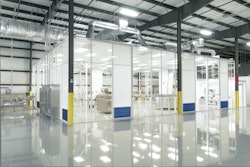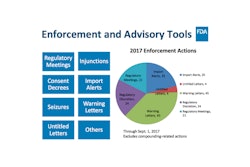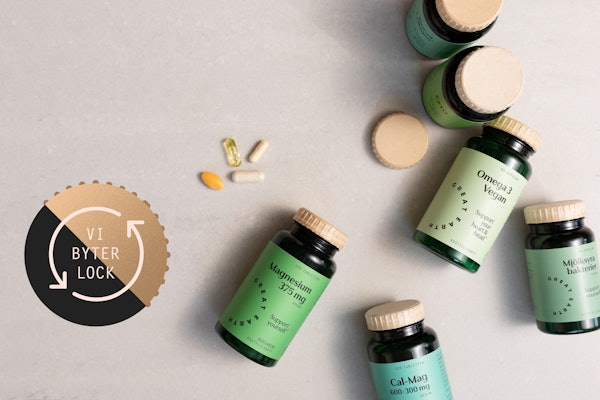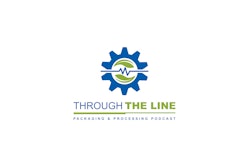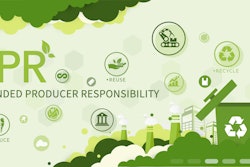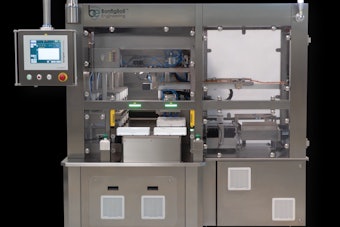Moving forward, the forecast for the future of aerosol and personal care markets is bullish—and that extends to the packaging for products within these categories.
The organic personal care market represents a good example of this promise. Grand View Research, in its trend analysis from 2014 to 2025, cites rising consumer awareness of personal health safety, improved standards of living and disposable income in emerging economies, and regulatory approvals as reasons why the market will continue to grow from $10.16 billion in 2015. GVR forecasts organic ingredients will propel growth in oralcare, haircare and skincare product segments.
GVR also expects the aerosol market to reach $123.98 billion by 2025, acknowledging big gains in household, food and beverage and automotive markets. The report notes, “In addition, rising demand for aerosol-based products in the medical industry, particularly in inhalers is expected to drive the growth over the forecast period [2014-2025].” That 2025 forecast is substantial given GVR’s estimate that the global aerosol market size was $68.76 billion in 2015.
Precise Packaging is a company involved in formulation development, product design, supply chain management, manufacturing, packaging, and delivery in personal care, household and OTC markets. It fills everything from small sample and travel sizes up to larger household products with valve sizes ranging from 13mm up to 1 in. The company’s facility is FDA-registered as a manufacturer of OTC drugs and medical devices.
As a company that provides contract packaging services, Precise Packaging isn’t authorized to discuss specific customer applications, but it did provide the following five key questions to ask and answer when developing a new liquid or aerosol product and its packaging:
1: What are the product’s critical performance attributes? These attributes distinguish the product from others, and include key ingredients, size, color, package type and other features relevant to the category, such as shrink sleeves, blister packaging or folding cartons.Certain testing and regulatory approval will be required to support product claims. You may need to consider whether you need to work with a company that is EPA, DEP, ATF, FDA or medical device registered. From a manufacturing perspective, these attributes drive formulation, claims and dispensing methods.
2: How will the product be used? Formulation, package size, and the components that activate and dispense a product depend upon its functional application. Both a spray and a mousse can be dispensed as aerosols; one will require an actuator to deliver finely controlled droplets of product, while the other must dispense more voluminous quantities. Additional package features, such an attached flip-top cap for single-handed use, might be considered. Does the product need to withstand heat and humidity? Will it be expected to spray uniformly, upside down, or 360 degrees? What spray rate is optimal? All these factors affect the choice of packaging components.
3: Where will this product be available? Different chemistries are permitted in different countries. A product that will be marketed beyond domestic borders must be developed to meet rules and regulations offshore. In some cases, multiple versions of a product are marketed in various parts of the world. Under different circumstances, it may be preferable to create one formula that is globally compliant. Decide how you will address these issues.
4: To whom will this product be marketed, and in what channels? Consumer preferences should influence all stages of product development, design and packaging. For example, a target customer’s requirement for organic or non-toxic ingredients will guide product formulation and ingredient selection, and the design of packaging and labeling to effectively convey these desired attributes.
5: When do you want to have the product on the market? Start with a realistic timeline for developing and testing formulas, components and packaging. Perform packaging runs before the official product launch. An extremely tight schedule may limit options. This is especially true when it comes to sourcing the special components that create a customized user experience, and gaining the necessary regulatory approvals.




